Watch Steve Jobs give a keynote at the 1983 International Design Conference in Aspen
The latest publication from The Steve Jobs Archive captures Apple’s co-founder giving a typically iconoclastic performance to a 1980s audience of design
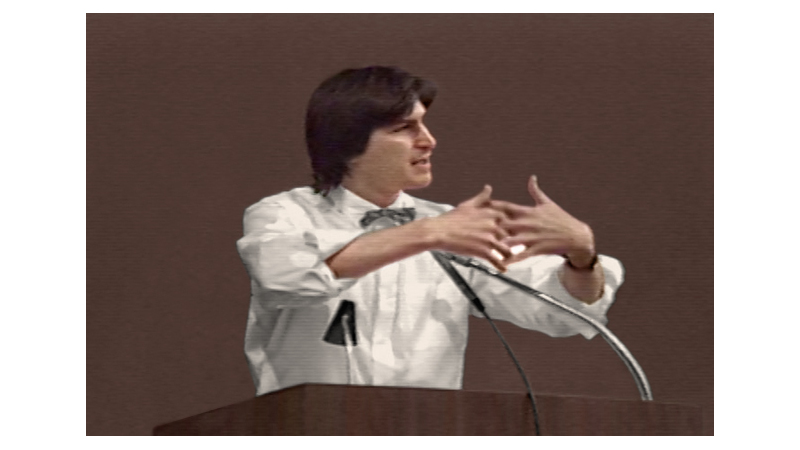
It is June 1983. At that year’s International Design Conference in Aspen (IDCA), Apple Computer Inc’s Steve Jobs was invited to give a keynote talk on the future of computing. Unseen until now, thanks to The Steve Jobs Archive, the remarkable film shows a 28-year-old Jobs on the cusp of launching the Macintosh, already talking of the ways in which Apple would be bringing graphical excellence and simplicity to the PC market.
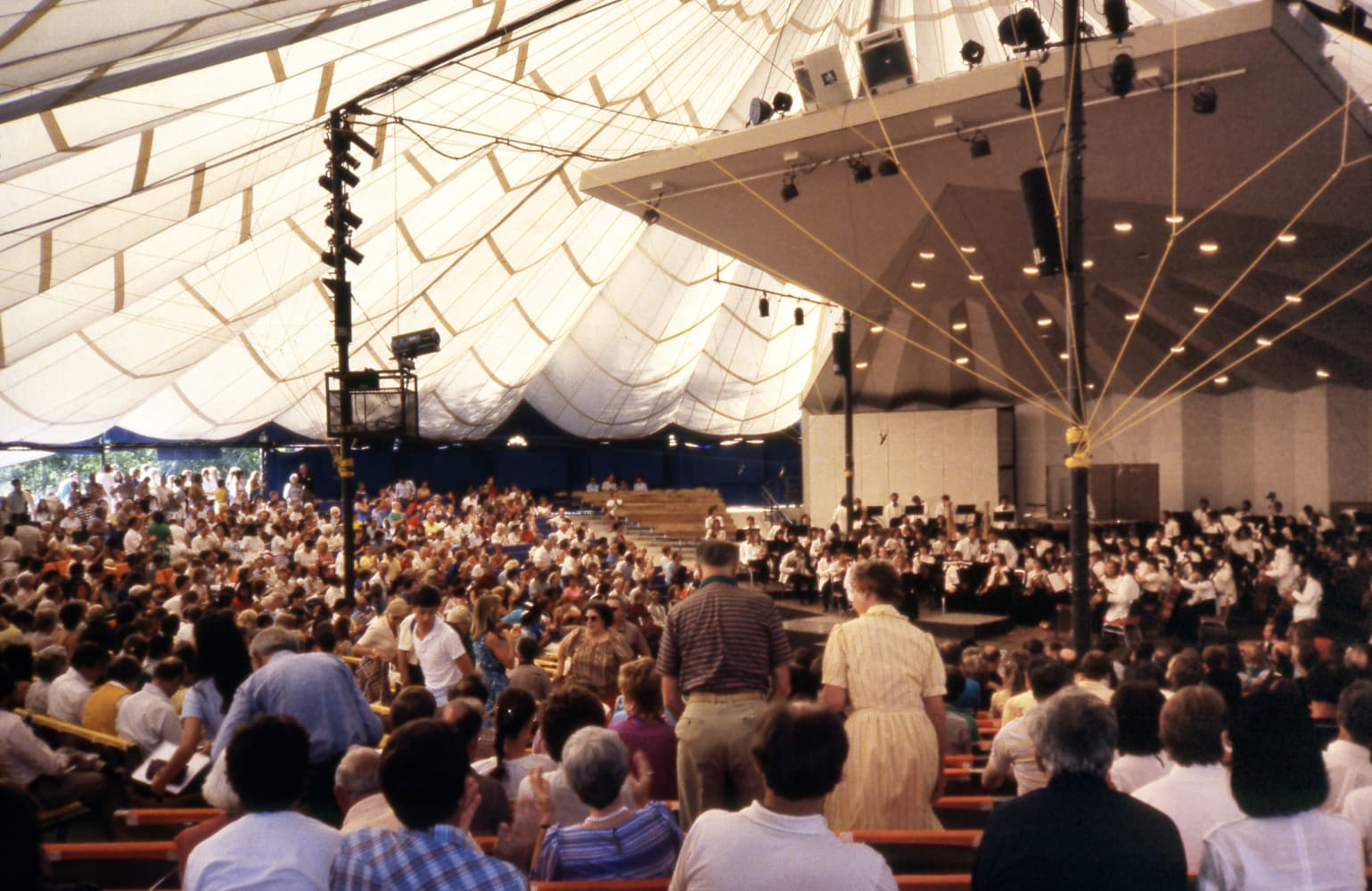
Interior of the Eero Saarinen-designed Aspen Amphitheater, 1983
One of the key themes of the talk, revealed in a new online exhibit, The Objects of Our Life, is just how much change was coming around the bend. ‘Computers and society [are] out on a first date in the 80s,’ Jobs says, and many of the attendees saw a preview of Apple’s Lisa computer the previous day, the forerunner of the original Macintosh.
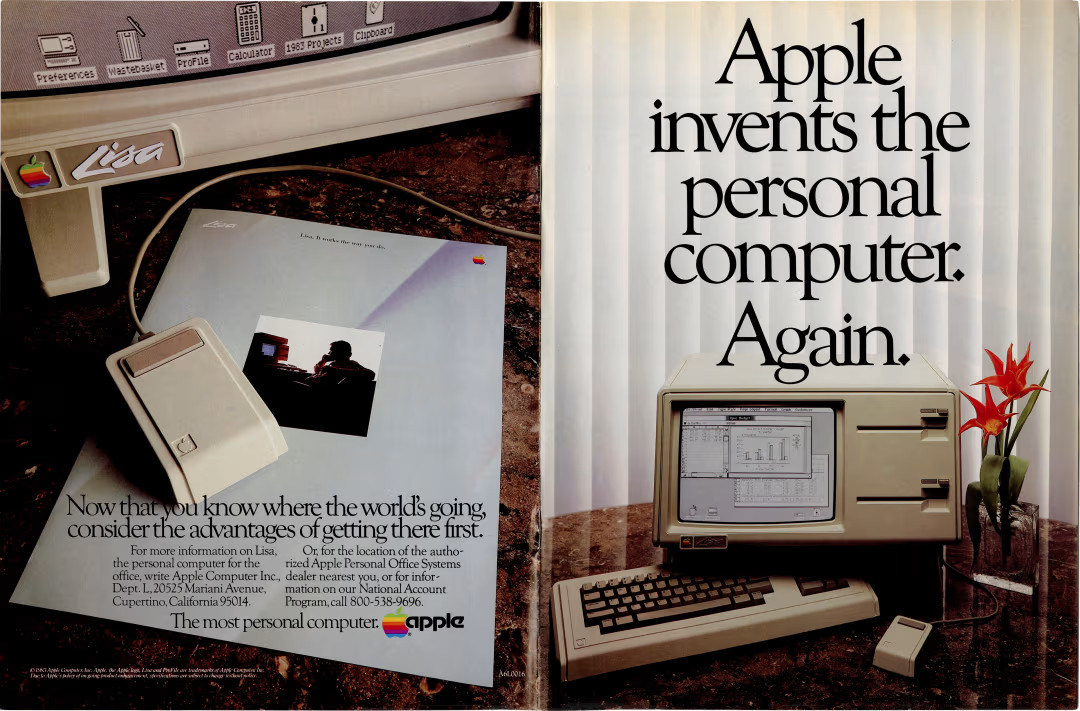
Apple Lisa Computer Print Advertisement, 1983
The cult of Jobs exists for a reason, and the film gives a rare insight into the confidence, charisma and vision that he brought to bear on the many Apple products that followed. In 1983, however, the computer had barely infiltrated the American home, even though sales figures showed the industry ramping production up significantly. As Jobs puts it to the assembled audience of design grandees, he can guarantee that millions of computers will be sold in the years ahead, 'whether they look like a piece of shit or they look great.'
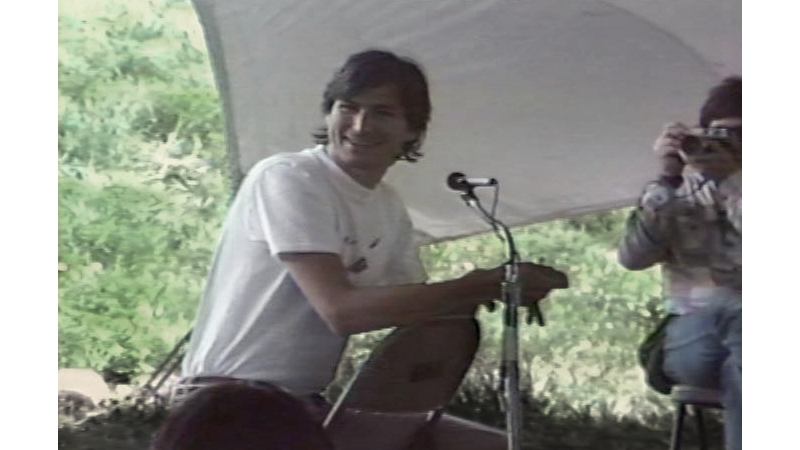
Steve Jobs at IDCA, June 1983
As we all know, Apple was to go the extra mile to ensure they did indeed look great, ultimately setting a template for the industrial design of all computing devices both big and small right up to the present day. None of this came out of a vacuum, however.
Right from the outset, Apple had vowed to create products with a ‘creative, professional manner,’ and Jobs’ own obsession with modern desigsn old and new took in everything from the clothes of Issey Miyake to the Tiffany lamp, the Sony Walkman and the cutting edge Italian industrial design of Bellini, Sottsass, Aulenti, and Sapper.
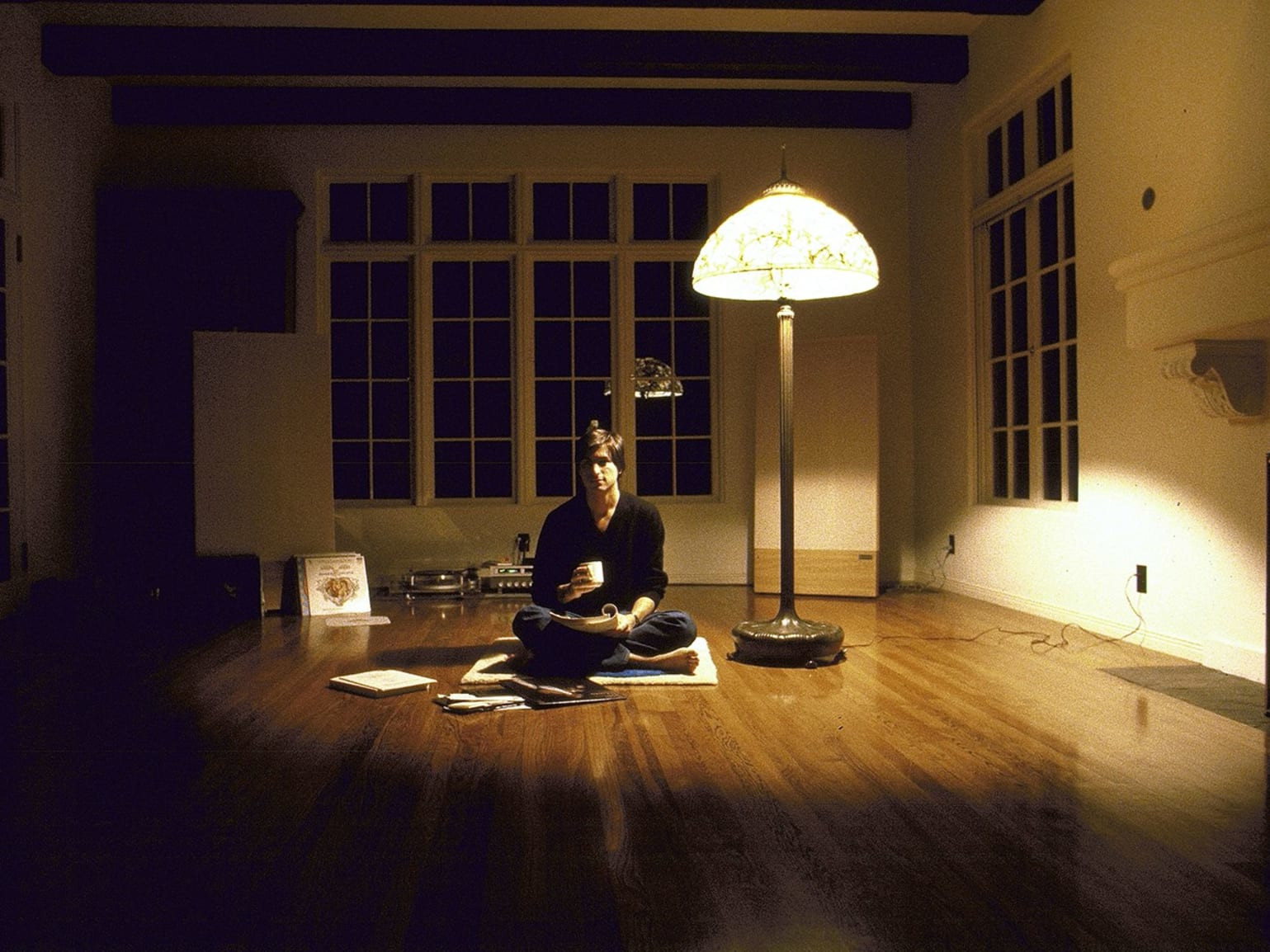
Steve at home, sitting under his Tiffany lamp, photographed by Diana Walker in 1982
Designer Jony Ive, who worked alongside Jobs from 1992 until the latter’s death in 2011, contributes an introduction, noting that much of what Jobs was saying in terms of coming technologies were just ‘absurd claims’ that nevertheless came true.
This, in part, was down to his admiration and understanding of the role of design. ‘Part of Steve’s brilliance was how he learned to support the creative process, encouraging and developing ideas even in large groups of people. He treated the process of creating with a rare and wonderful reverence,’ Ive writes.
Receive our daily digest of inspiration, escapism and design stories from around the world direct to your inbox.
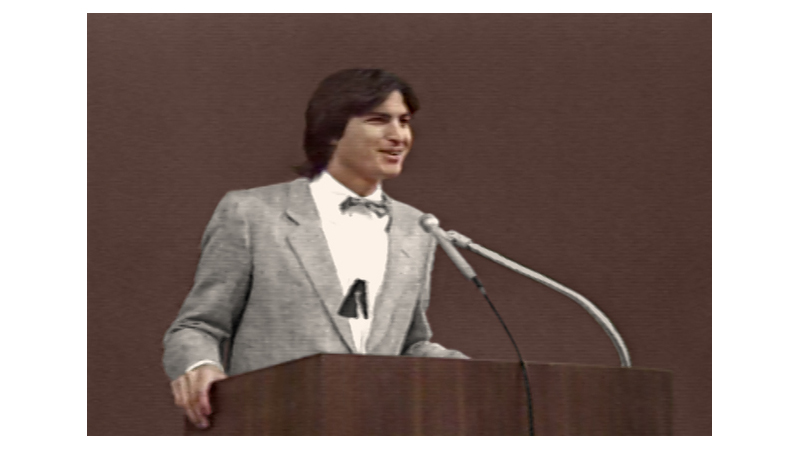
Steve Jobs at IDCA image 1
A mix of 1980s style, bold claims and prescient predictions, the keynote is a must-watch for any Apple fan, as well as those who believe that technology’s transformational promise can only come good when it's in the hands of those who are truly motivated by change.
The Objects of Our Life, Steve Jobs at the 1983 International Design Conference in Aspen, SteveJobsArchive.com
Jonathan Bell has written for Wallpaper* magazine since 1999, covering everything from architecture and transport design to books, tech and graphic design. He is now the magazine’s Transport and Technology Editor. Jonathan has written and edited 15 books, including Concept Car Design, 21st Century House, and The New Modern House. He is also the host of Wallpaper’s first podcast.
-
 The best way to see Mount Fuji? Book a stay here
The best way to see Mount Fuji? Book a stay hereAt the western foothills of Mount Fuji, Gora Kadan’s second property translates imperial heritage into a deeply immersive, design-led retreat
-
 12 fashion figures reveal their style resolutions for the year ahead
12 fashion figures reveal their style resolutions for the year aheadAs 2025 comes to a close, we ask the Wallpaper* style community – from Willy Chavarria and Stefan Cooke to Craig Green and Torishéju Dumi – their New Year's resolutions
-
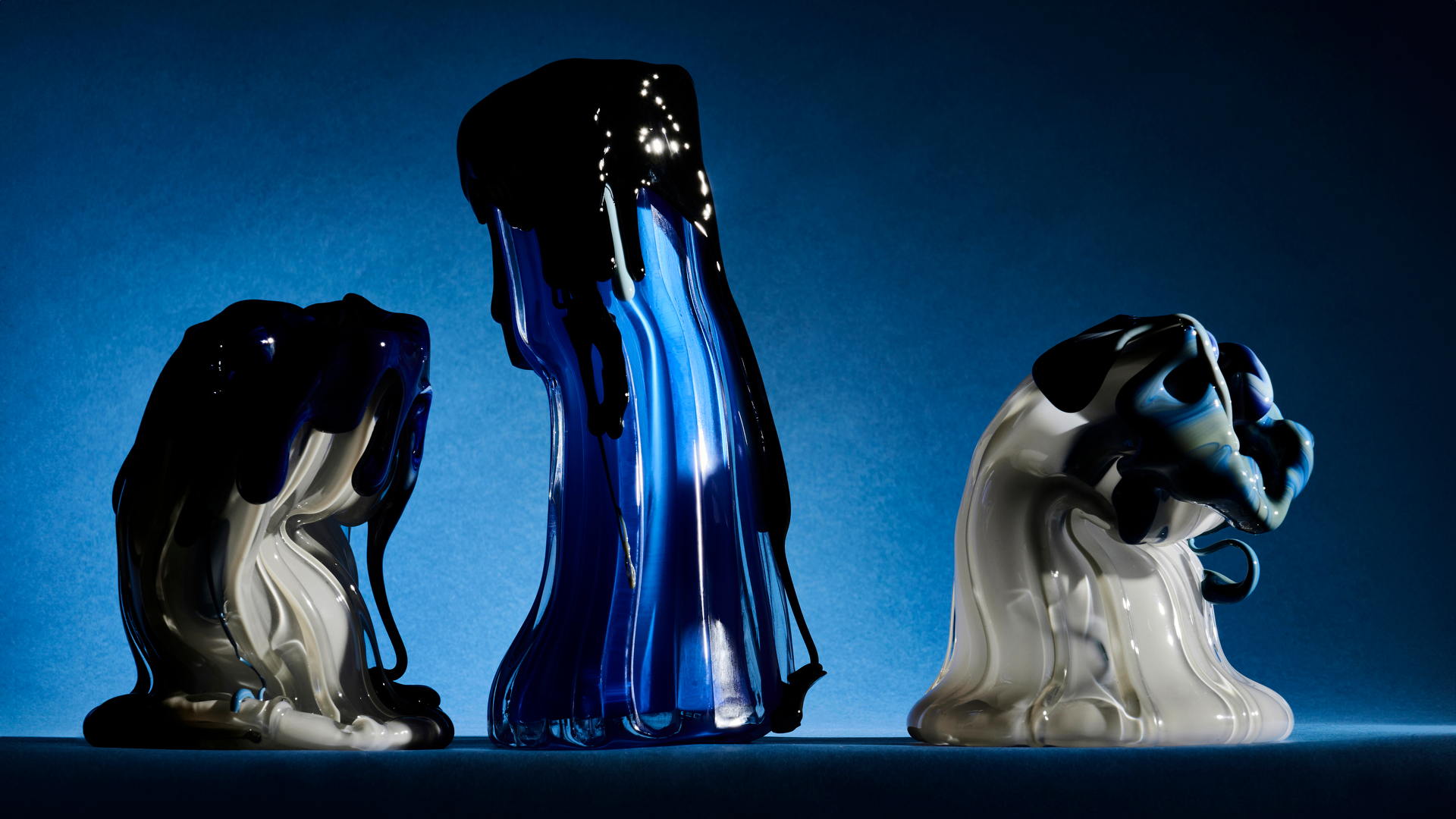 Glass designer Silje Lindrup finds inspiration in the material's unpredictability
Glass designer Silje Lindrup finds inspiration in the material's unpredictabilityWallpaper* Future Icons: Danish glassmaker Silje Lindrup lets the material be in charge, creating a body of work that exists between utility and experimentation
-
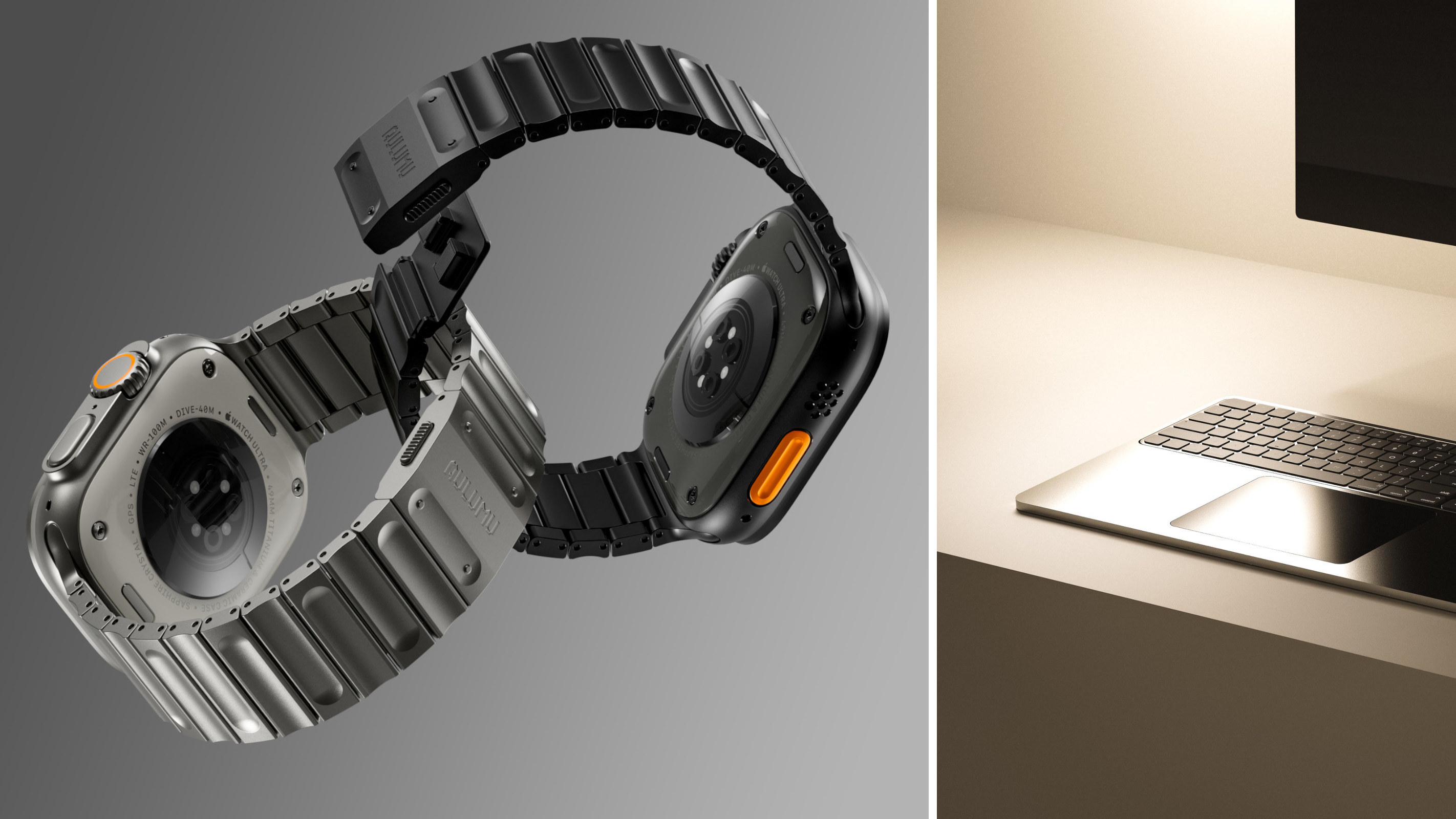 Seven covetable accessories designed to improve your Apple experience
Seven covetable accessories designed to improve your Apple experienceWe present a clutch of cultured accessories for all things Apple, from chargers to cases, straps and keyboard covers
-
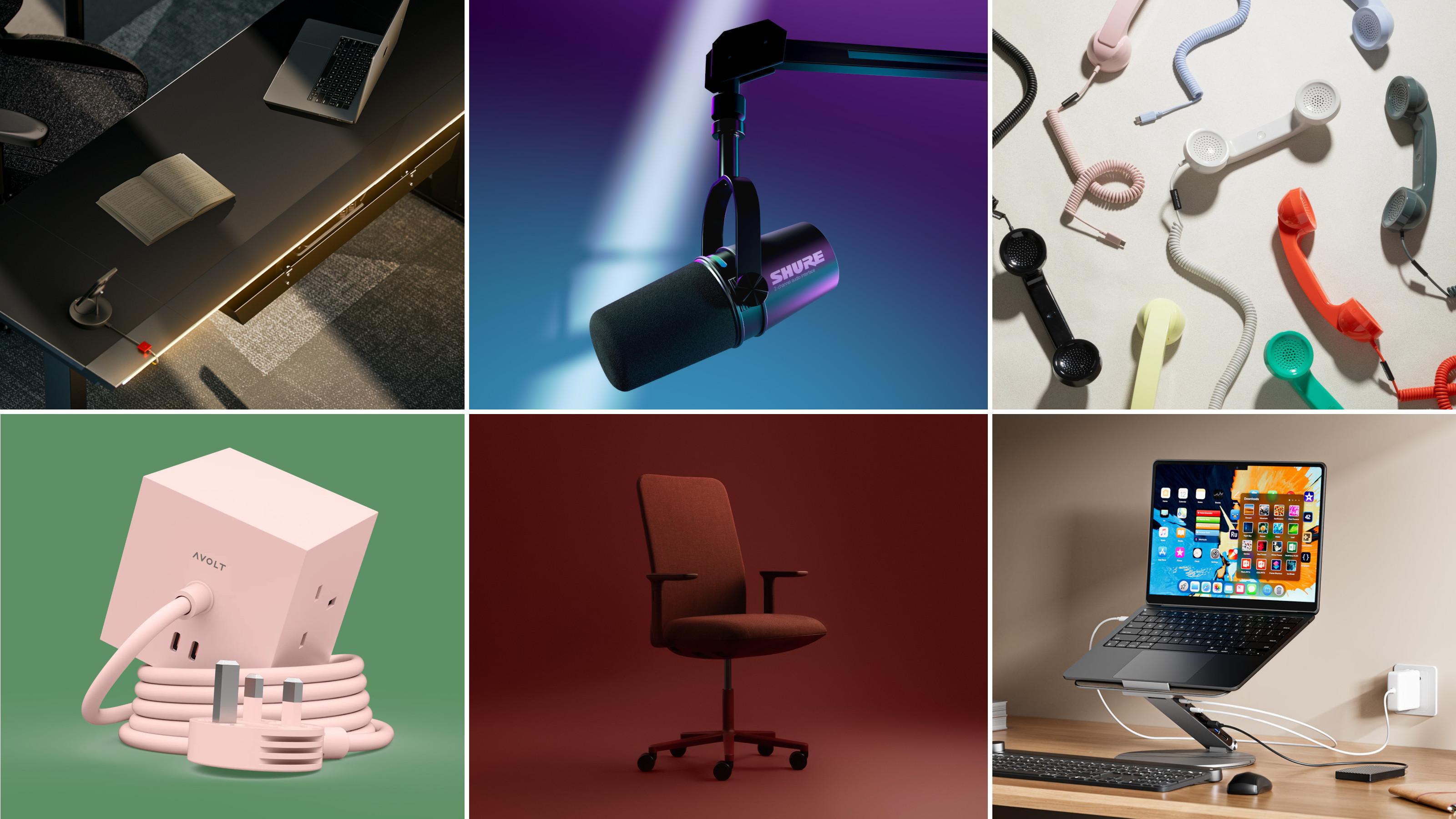 Hunker down in a perfectly equipped work-from-home hub this winter
Hunker down in a perfectly equipped work-from-home hub this winterIf your WFH set-up needs an upgrade, or if you need to kit out a new small business from scratch, we’ve got you covered
-
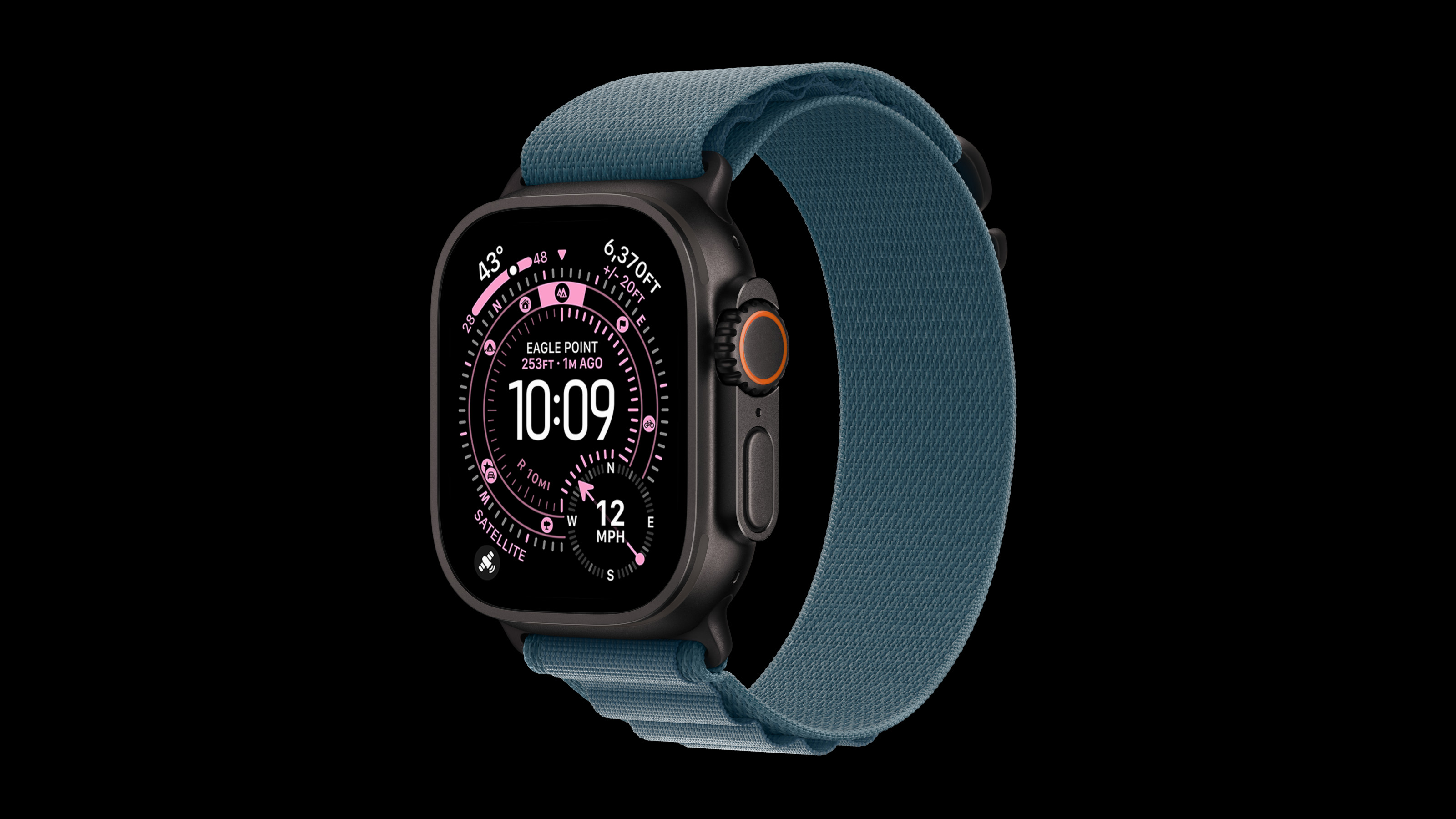 Apple Watch Ultra 3 has innovation at its heart – a 3D-printed titanium case
Apple Watch Ultra 3 has innovation at its heart – a 3D-printed titanium caseWe delve into Apple’s pioneering use of 3D-printed metal, and how it ties in with the company’s path to carbon neutrality
-
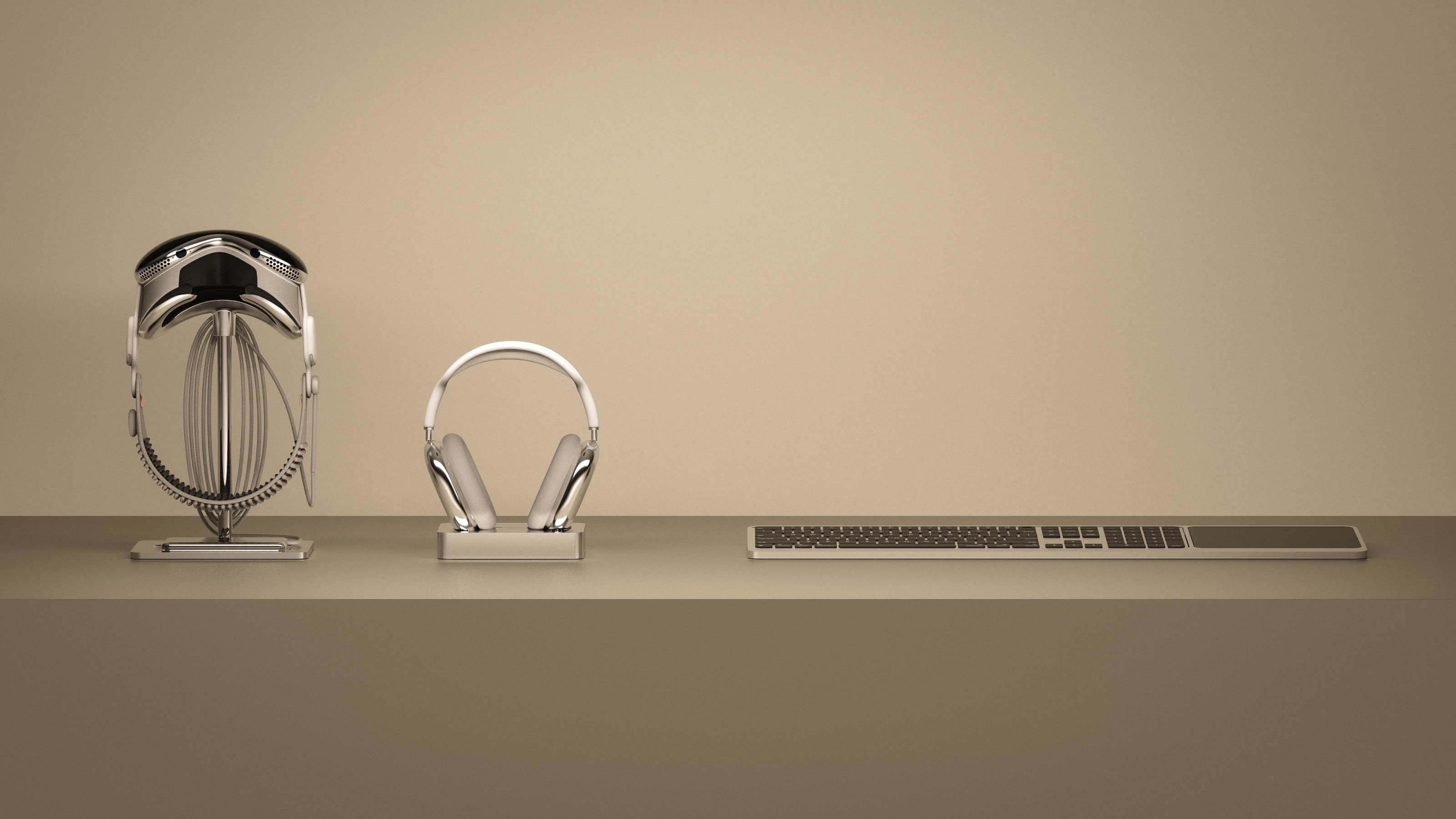 Bionic Labs builds precision next-level Apple accessories from aluminium and stainless steel
Bionic Labs builds precision next-level Apple accessories from aluminium and stainless steelFrom stands, chargers and keyboard trays to a set of accessories for the Vision Pro, Parisian design studio Bionic Labs offers only the best for your Apple gear
-
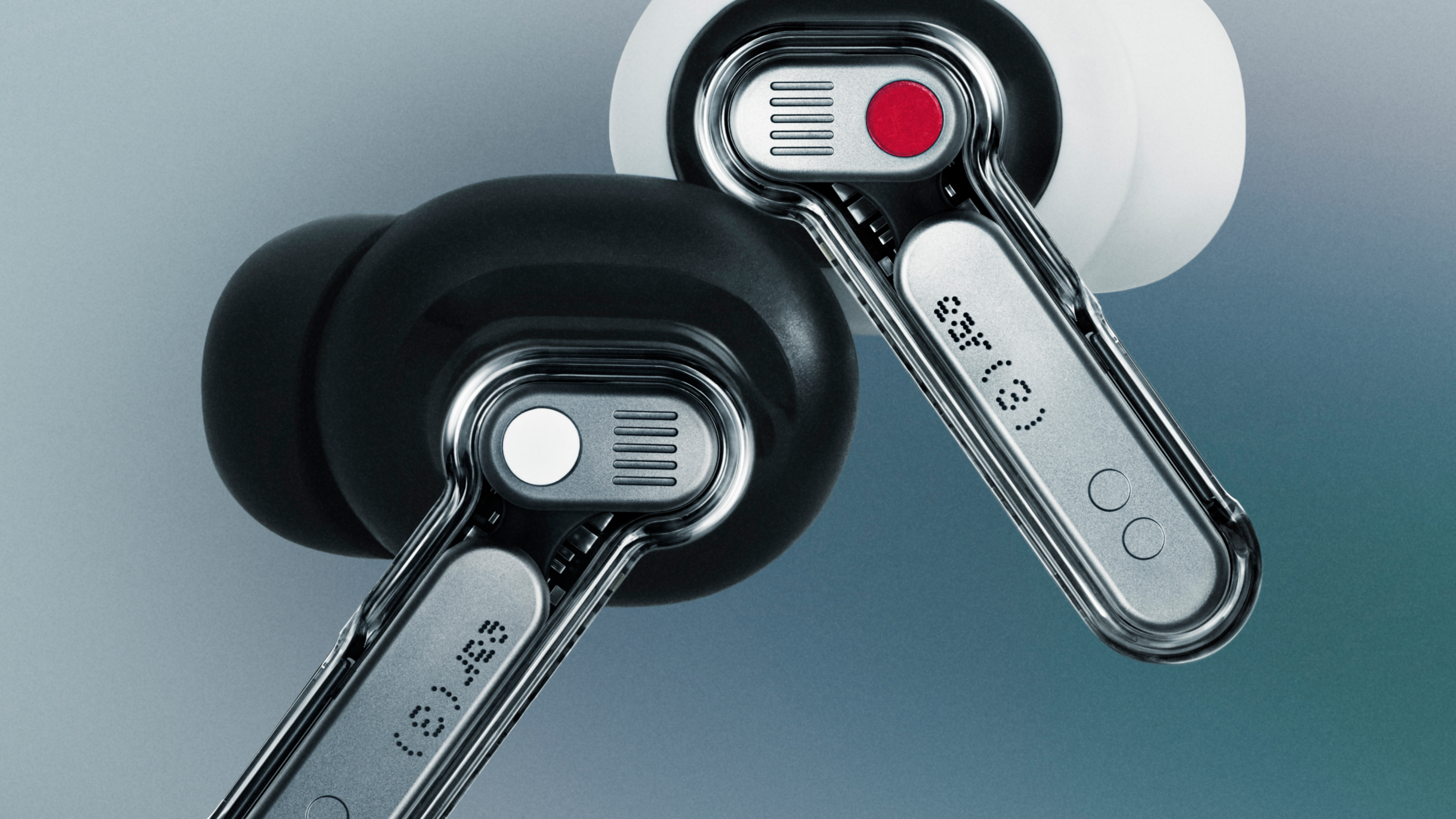 The best wireless in-ear headphones, tested by experts
The best wireless in-ear headphones, tested by expertsOur latest round up of the best wireless in-ear headphones includes products from Apple, Bang & Olufsen, Bose, JBL, Nothing, and Sony
-
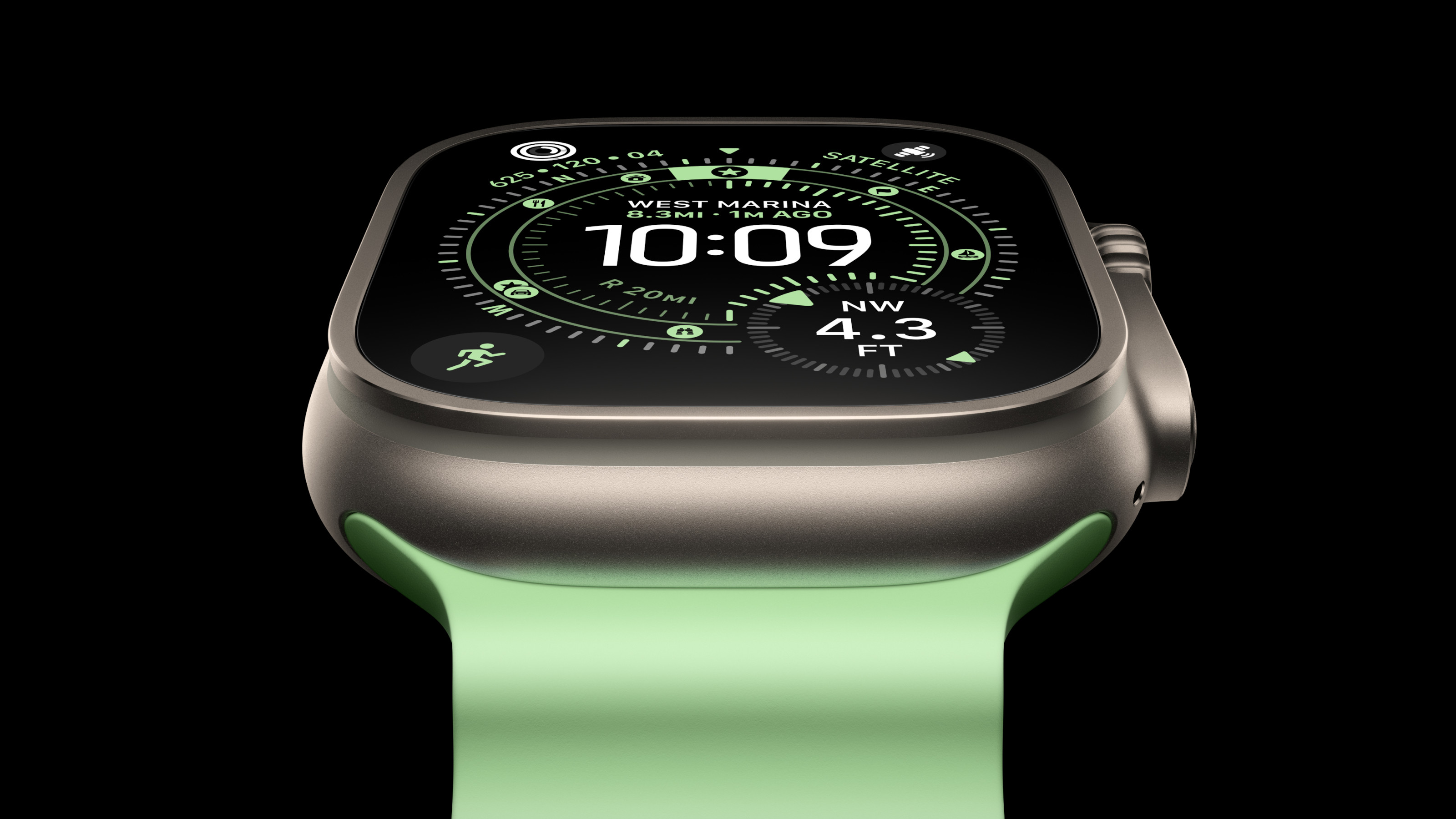 We roadtest Apple’s newest wearable tech, the Apple Watch Ultra 3 and Series 11
We roadtest Apple’s newest wearable tech, the Apple Watch Ultra 3 and Series 11The Apple Watch Ultra 3 hardly reinvents Apple’s most ruggedly handsome of designs, but it does refine it. And for truly off-grid adventurous types, it adds some potentially critical capabilities
-
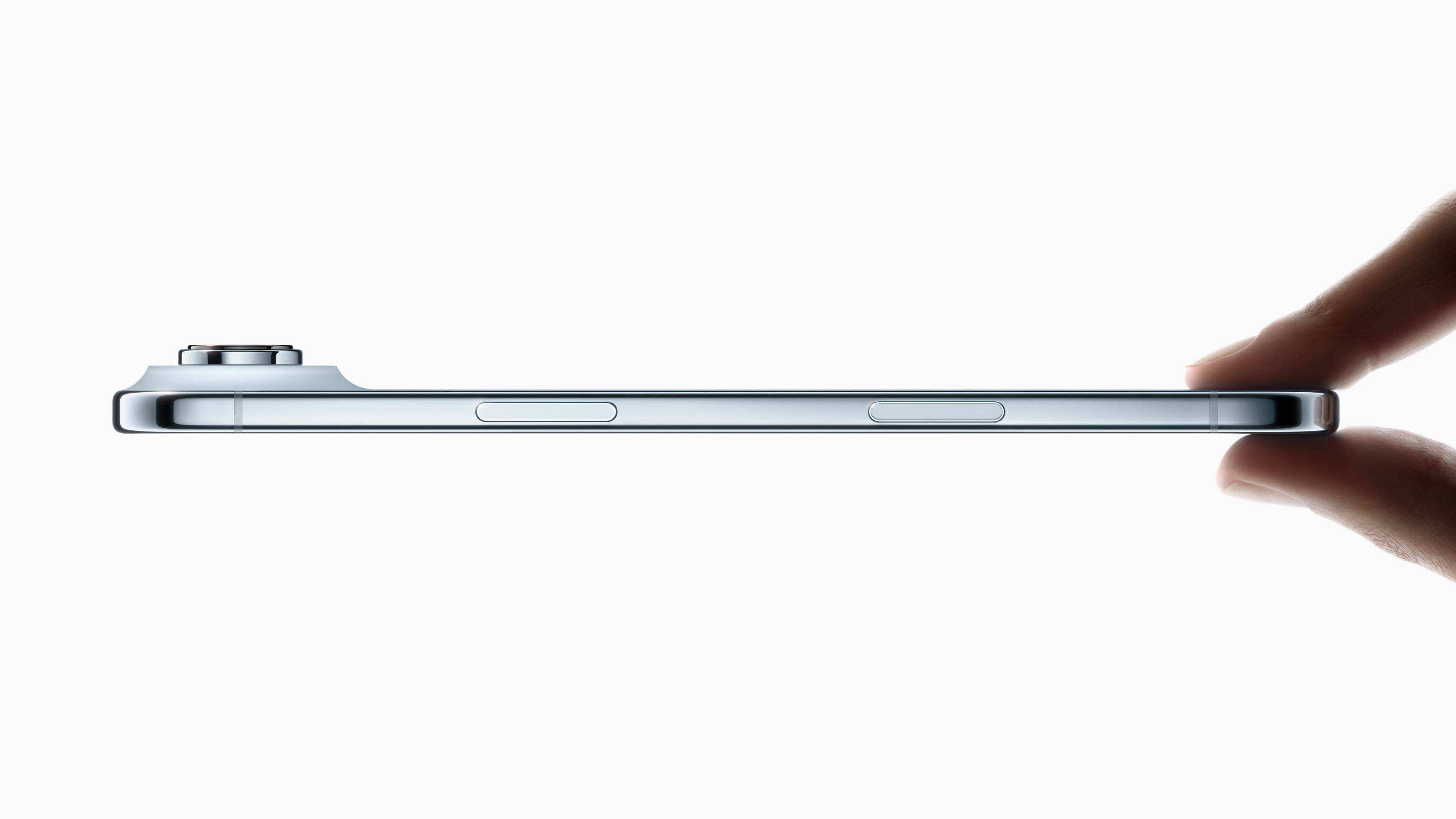 The Apple iPhone Air leads the company’s round of autumn product launches
The Apple iPhone Air leads the company’s round of autumn product launchesThe new Apple iPhone 17 range boasts better cameras, more memory and more Apple Silicon. It launched alongside new Apple Watches, new AirPods and the remarkable iPhone Air. We explore out the key innovations and products
-
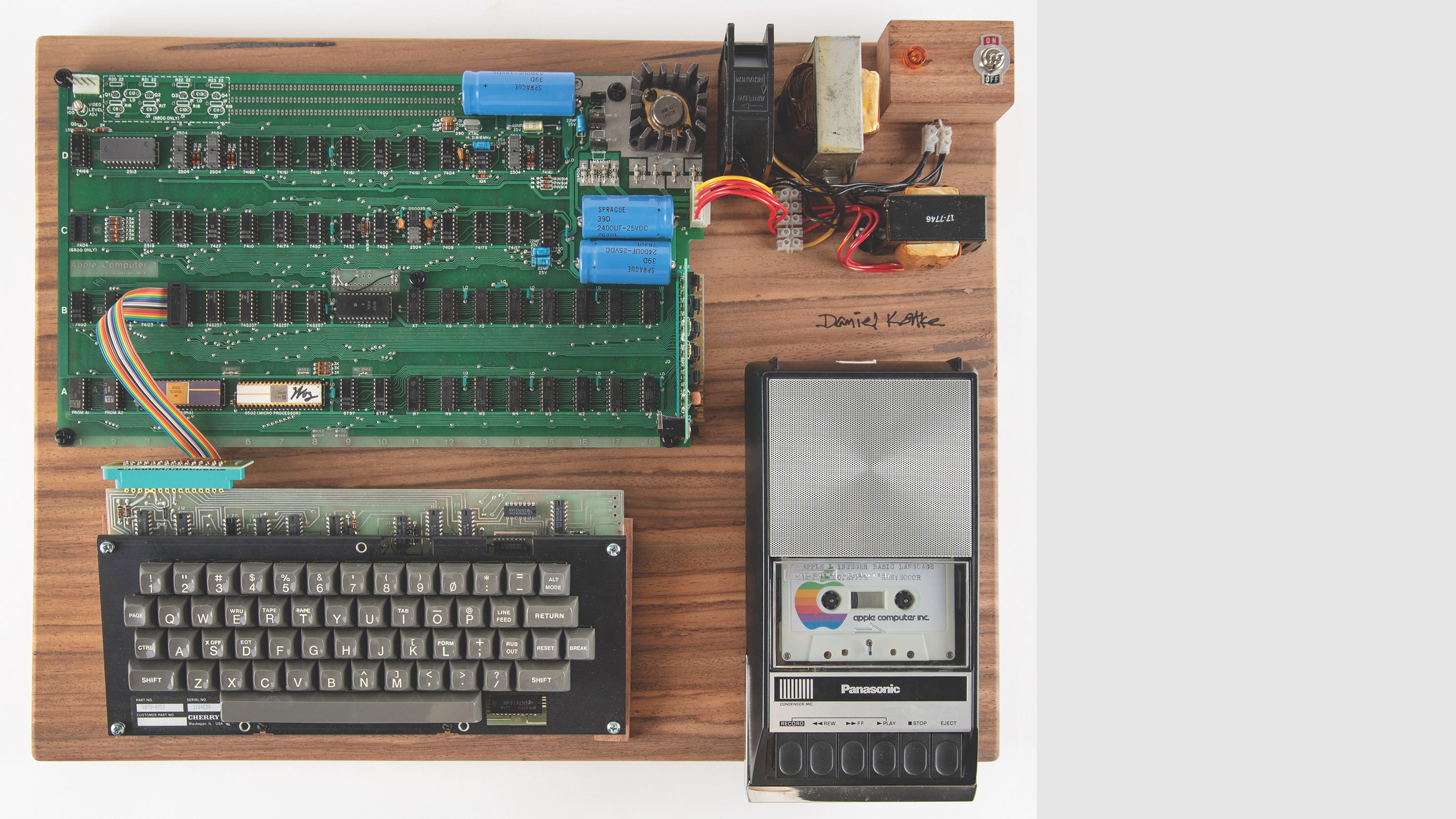 For sale: core memories and rare hardware from the early days of Apple Computer
For sale: core memories and rare hardware from the early days of Apple Computer‘Steve Jobs and the Apple Revolution’ brings together a clutch of computer collectables from the dawn of Silicon Valley